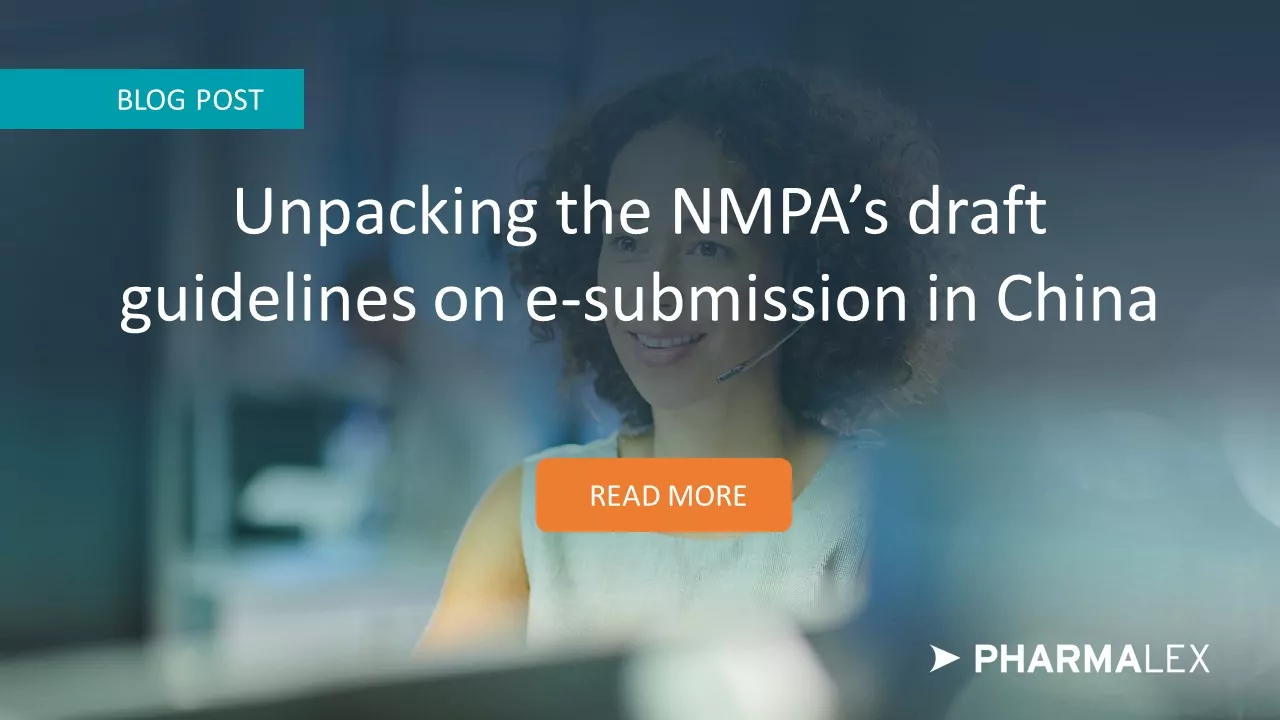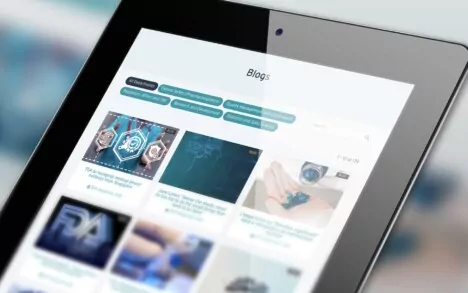The recent announcement by China’s National Medical Products Administration (NMPA) regarding implementation of electronic submissions has led to some uncertainty and raised many questions.
In response to the November 4 announcement, the DIA Regulatory Affairs Community (DIA RAC) quickly rallied to hold an online seminar on November 14 to discuss the change and its challenges and benefits for industry. The objective was to help companies in China to better understand the requirements concerning drug registration applications.
Sophia Huang, Executive Director and Department Head at PharmaLex China, joined other industry leaders from companies such as Pfizer, BeiGene and Gilead to speak at the seminar. Despite the short notice, attendance was huge with more than 530 online audience members from pharmaceutical companies across China joining the seminar.
Just two days later, on November 16, another key seminar was held to discuss the guidelines and their implications – this time by IRISS (Implementation of Regulatory Information Submission Standards). Again, PharmaLex’s Sophia Huang and leaders from Roche, Pfizer, BeiGene and Baosight were invited to speak. This session attracted 580 online audience members.
Both one-hour seminars were broken into three parts: an explanation of the new guidelines, a roundtable discussion, and an online Q&A. There were five widely asked questions during the session and the speakers provided their opinions and guideline interpretations.
What are the short-term and long-term implications for the pharmaceutical industry in China as a result of the requirement for electronic submissions?
In the short-term, companies will need time to digest the information in order to make adjustments for the change, and some companies may find this particularly challenging. In the longer-term, however, the change will benefit both health authorities and companies in China, as it will improve efficiency with the review and approval process and will reduce costs with regards to dossier preparation. Companies should take advantage of the requirement to improve their internal project and submission management processes, for example with the introduction of electronic document management systems that will also help to streamline audits and inspections.
Being well-prepared will also help companies with the move to full eCTD submission. For global companies, in particular, the eventual move to eCTD will also help to achieve greater harmonization, enabling document reuse and allowing simultaneous submissions in multiple regions.
How does the latest draft guideline differ from the electronic submission provisions in the Notice of the Center for Drug Evaluation (CDE) on Adjusting the Acceptance Method and Accepting the Requirements for Application Materials during the Epidemic Period published at the end of January?
The main differences are:
- No more paper submissions are required after December 1, 2022.
- An electronic signature is applied and validated.
- The PDF submission document must be readable and searchable under the new guidelines.
After the full implementation of the electronic system, what specific changes will be brought into the process and practice of submission preparation in China for companies?
Compared with paper submission review, electronic review allows more people to review the same document at the same time, and the electronic retrieval and hyperlinking can improve the review efficiency.
However, for this to be achieved document quality is crucial for electronic submissions, so companies need to understand and meet the e-submission readiness requirements laid out by ICH. Companies also should allow time to adjust to the process change from paper submission to dossier electronic signage and validation required with the move to electronic submissions.
It is likely that the next step will be a move to eCTD. How should companies prepare for that transition?
There are five key considerations to prepare for eCTD submissions. These are:
- People: ensure your teams are familiar with the respective guidelines and specifications
- Equipment: tools, software and systems should be ready for eCTD submission
- Documents: document quality must meet guideline requirements and for companies outsourcing their dossier preparation and submission, it’s important to have good vendor oversight and ensure your partner understands and can support submissions in keeping with the guidelines.
- Method: companies must establish their internal processes for eCTD submissions
- Notifications and guidelines: Companies must be alert to all notifications from the health authority with regards to full implementation of eCTD submissions in China
Electronic review is also relatively new for health authority reviewers. How can companies help reviewers get used to electronic review as soon as possible and maximize the advantages of electronic dossier?
Companies should ensure the document submitted to the health authorities is of the highest quality, in line with the requirements, including the application of hyperlinks, bookmarks and table of contents. This will assist the reviewer when assessing the electronic dossier.
About the author:
Jie Zhang is Associate Director in Business Development at PharmaLex China.








